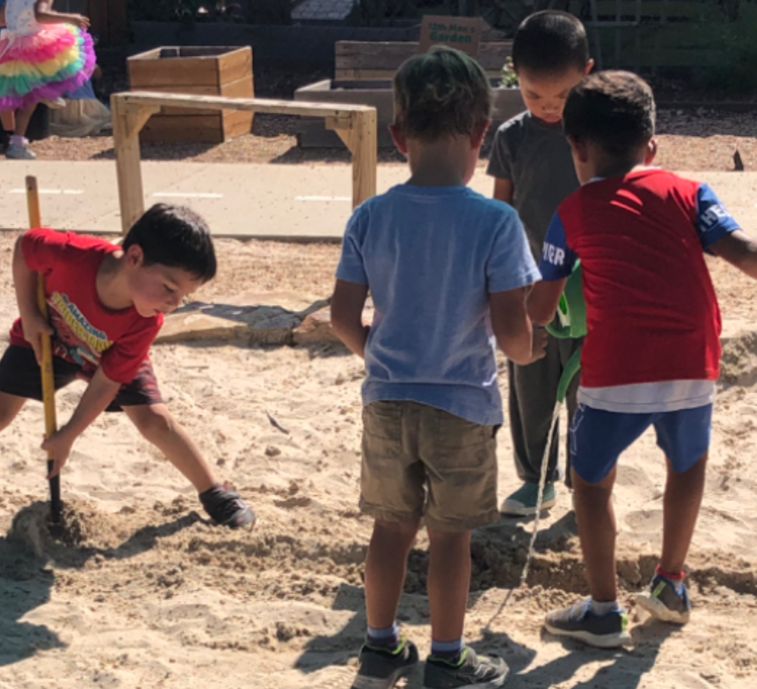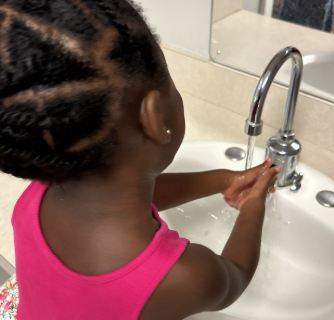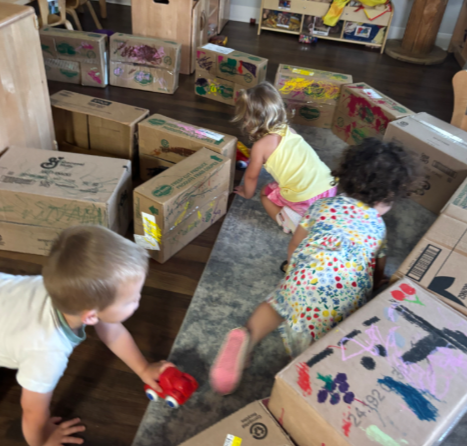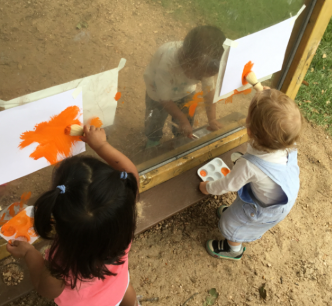New Adventures Ahead
Whether your child is moving to a new classroom or starting at a brand-new school, transitions can feel like big changes and bring about big emotions. The good news is that with a little preparation and encouragement, you can help make the process smooth and positive for your child and your family.
Here are some helpful tips to ease the transition:
1. Talk About What to Expect
Talk with your child about what the new classroom or school will be like — mention teachers, friends, routines, and fun activities. For younger children, reading books about starting school can also help make the concept more familiar and less intimidating.
Suggested books if your child is moving into preschool:
- Wemberly Worried by Kevin Henkes
- The Kissing Hand by Audrey Penn
- Lola Goes to School by Anna McQuinn
- Ming Goes to School by Deirdre Sullivan
Suggested books if your child is starting kindergarten:
- KINDergarten: Where Kindness Matters Every Day by Vera Ahiyya
- Mae’s FIrst Day of School by Kate Berube
- Take a Kiss to School by Angela McAllister
- Chrysanthemum by Kevin Henkes
- Butterflies on the First Day of School by Annie Silvestro
- How to Get Your Octopus to School by Becky Scharnhorst
2. Visit the School or Classroom
If the school offers open houses, orientation days, or classroom visits, be sure to attend. Familiarity with the space, meeting teachers ahead of time, and seeing where they’ll will hang their backpack or keep their lovey can help children feel more confident and secure.
Join us for Open House at Becky Gates Children’s Center on Friday, August 8 between 4:00 and 5:00 p.m. Bring your child, spend time playing in the classroom, drop off their supplies, check out the playground, and meet other families.

BGCC Director


3. Establish a Routine
Routines and predictable schedules help children with the adjustment process. Establish bedtime routines, mealtime routines, drop off and pick up routines. Consistency is important for adjustments.
For toddlers and preschoolers, dropping off before or shortly after breakfast allows children time to settle in for the morning activities. Create quick goodbye rituals. Help your child wash their hands, give a big hug, and assure them you will return. If you linger, the transition time does too. So will the anxiety.


4. Acknowledge Big Feelings
It’s perfectly normal for children to feel nervous, excited, or even sad about the transition at any age. Let them know it’s okay to have mixed feelings. Be a listening ear, validate their emotions, and reassure them that they’re not alone in this change.

5. Involve Children in the Process
Provide choices of clothes or shoes to wear. Let them help choose a new backpack or rain boots. Take them shopping for school supplies. Giving them a small sense of control can help ease anxiety and build excitement.
6. Stay Positive and Encouraging
Your attitude sets the tone! Speak positively about the new experience and highlight things your child can look forward to—new friends, fun activities, and learning new things.


7. Keep the Communication Going
Once school starts, check in regularly with your child and with their teacher. Sharing how things are going, addressing concerns early, and celebrating small successes can go a long way in building confidence and comfort.
Face-to-face communication is the best way to exchange information with the teacher about your child. This short exchange works best during drop-offs and pick-ups. If you need extended time with your child’s teacher, please schedule a time to meet with them at a convenient time for both parties.
Kaymbu is our communication technology allowing teachers to share photos, videos, notes, emails, portfolios, and weekly storyboards. Look for information in your welcome packet on downloading the app and using it to share information with your child’s teacher.


